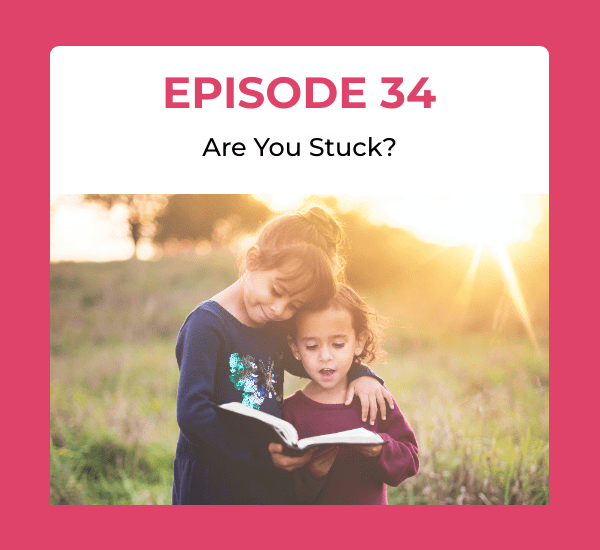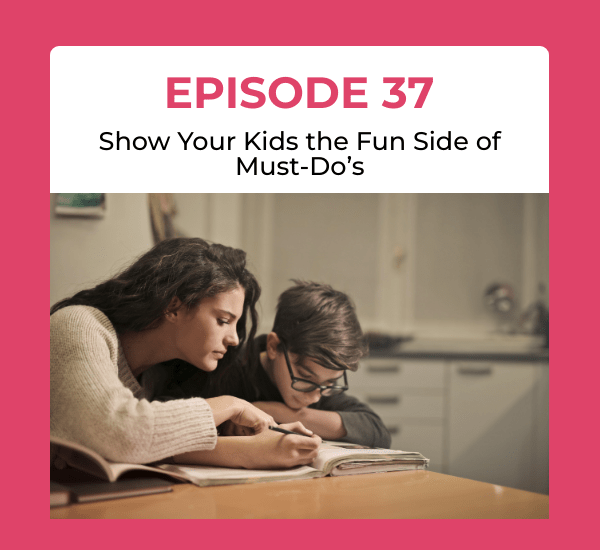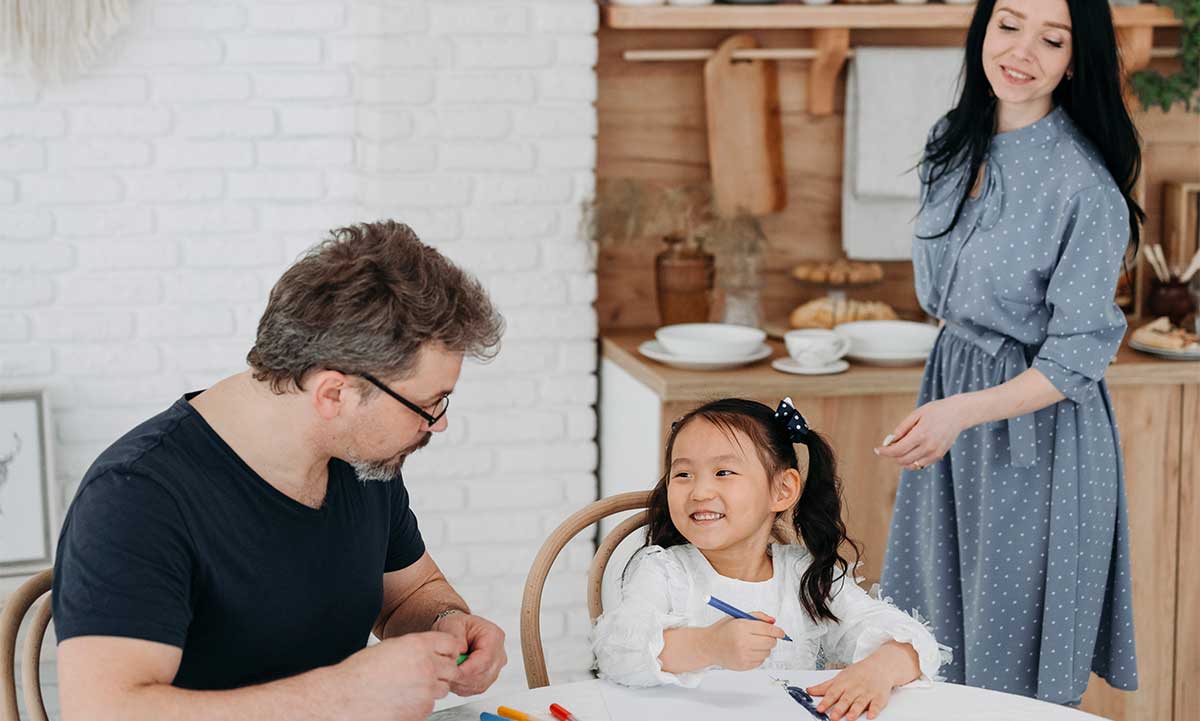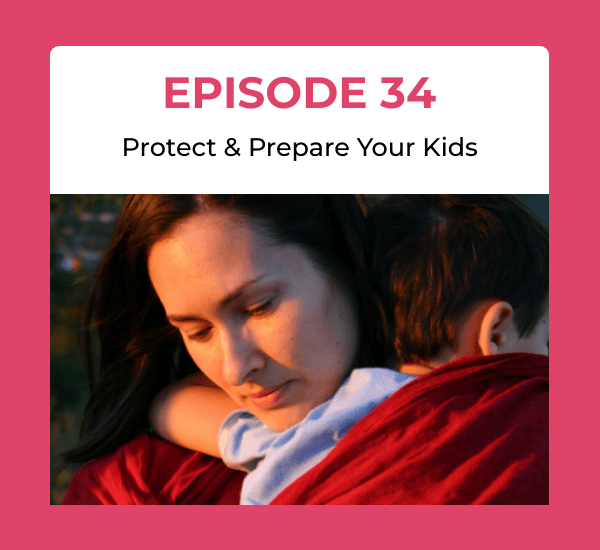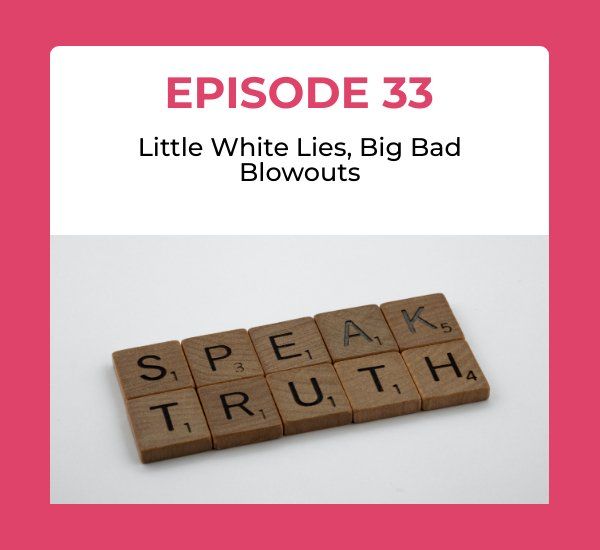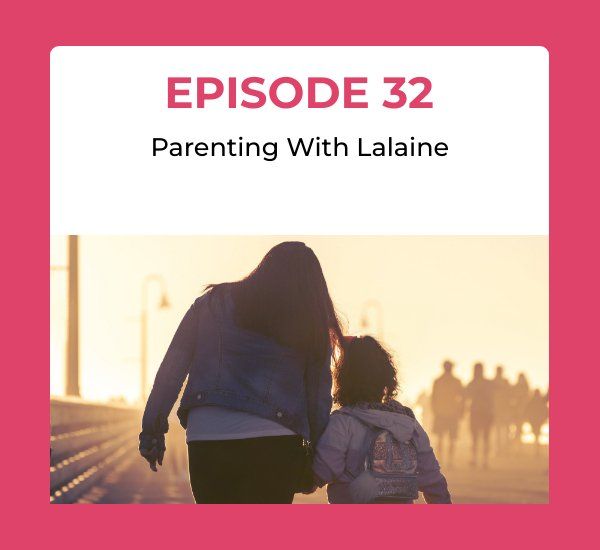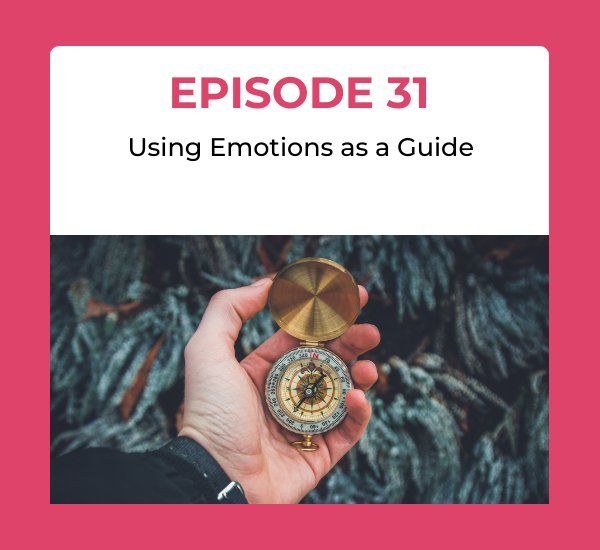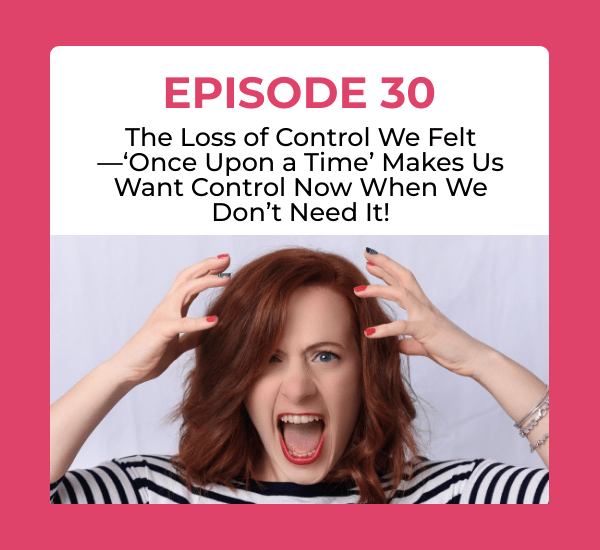Can Child Discipline Be Done Without Yelling or Spanking?
It’s easy for parents to become overwhelmed when a child is yelling, screaming, and tantruming. And because of this, most parents may resort to verbal or physical punishment as a form of discipline. We are concerned with both the parent’s and the child’s well-being—so we don’t condone punishment because it causes both the parent and the child to suffer. Since our goal is well-being for all, if you notice how you feel when you punish a child, you’ll notice you’re out of your natural parenting power and feel upset. The feeling of upset after punishing a child IS our own punishment.That is one of the strongest indicators that punishment is not natural.

When you consider that parenting requires a unique approach that caters to the child’s individual needs and personality—it’s not uncommon for popular parenting tips to work wonders for one child, but have no effect on another.
However, there is one definitive statement that can be universally applied to raising children: yelling and spanking do not work. When you make a mistake and punish a child in this way, remember to say to yourself and feel the truth of the statement, “I matter more than this mistake,” and then make it right by apologizing to the child or whatever you need to do to bring yourself back into your harmless and joyful nature.
According to a
research-backed statement published by the American Academy of Pediatrics, “all forms of corporal punishment and yelling at or slapping children are minimally effective in the short-term and not effective in the long-term.”
Considering parenting is a lifetime task with long-term goals, we can safely say that these parenting methods are not effective. Furthermore, many of them can cause physical harm, trigger aggressive behaviours, and can lead to mental health consequences in the future.
What’s the alternative? Positive discipline. This type of child discipline focuses on reinforcing positive behavior, not rewarding tantrums, and gentle corrective actions. The purpose is to use discipline as a form of instruction and guidance, rather than as a tool to invoke fear of being punished.
If you’ve been wondering how to discipline a child without hitting and yelling, look no further. In this post, we’ll be discussing how to discipline a child by using
positive parenting techniques.
We’ll begin by examining why we discipline children at all, then discuss actionable and effective discipline techniques that you can use to positively discipline your children.
Ask Yourself: What Is the Goal of Child Discipline?
Animals teach their offspring how to avoid predators and find food, but what’s the purpose behind teaching Jimmy not to draw on the walls? Child discipline has evolved to the point where we don’t just need to teach kids how to survive - we need to teach them how to make good choices that positively impact their lives and the world around them.
There are two general approaches to consider when it comes to child discipline. The first is to use discipline as a form of guidance, which supports a child, while the second is to turn it into a form of punishment, which diminishes a child.
Treating discipline as punishment focuses on strictly what not to do, is reactive to children’s behavior, and entirely ignores what caused the behavior in the first place. Of course, the punishments involved are typically yelling or spanking, both of which are ineffective.
Conversely, considering child discipline as guidance teaches children how to discipline themselves. It’s well-rounded, focusing more on what to do over what not to do. It’s also a proactive discipline philosophy that encourages parents to consistently provide meaningful guidance. Rather than punishing bad behavior, bad behavior is used as an opportunity to teach the child what they can do differently next time.
Discipline should be consistent, fair, and have clear limits. All of this is possible with the positivity-focused approach of viewing discipline as a form of guidance. This is the essence of discipline without spanking, and we’ll dive into specific steps to take below.
How Should Parents Discipline Their Child?
There are different ways to positively discipline a child. Most of the specific actions you take will change as your child grows, since their needs will change, as will their responses to your parenting.
For example, It’s important to practice positive discipline in the first three years of a child’s life, and of course, should continue onwards. During these formative years, positive discipline often takes the shape of the language used, such as saying ‘time to sit down’ instead of ‘don’t stand up.’
There are dozens of specific ways to
positively discipline a child as they grow up. In the next section, we’ll provide five specific parenting techniques that will set the right foundation for positive discipline throughout a child’s life.
What Are the Best Positive Parenting Techniques?
Now it’s time to get into the specific parenting techniques that you can apply today to embrace positive child discipline. The five best positive parenting techniques are:
- Give firm consequences:
Explain the consequences of bad behavior well in advance, such as losing a favorite toy for not cleaning their room. If they do not clean their room, you need to be prepared to follow through with it and stay firm throughout the duration of the punishment. Depending on the age of the child, make a list of behaviors and natural consequences with them. Make the consequences as close to the behavior as possible. For example, if a child wastes time on their phone and doesn’t get around to handing in an assignment at school, the consequences would be to lose some phone time. If a child gets a speeding ticket while using your car, they pay the ticket and lose the use of the car for a reasonable amount of time. Try your best to deliver consequences without upset. Watch your tone and body language. After all, you are giving this guidance to help them, not punish them. Don’t discuss consequences when you’re upset or you’ll give them consequences that you don’t like living with: like the child staying home for a week when a day or two would do. Add in some other peaceful and positive parenting strategies that encourage the child to re-think their actions, like Blessing Mistakes. You can tell a child that they matter more than their mistake and give them consequences in the same conversation.
- Reinforce good behavior: Using positive reinforcement and praising your child for appropriate behavior is much more effective than punishing bad behavior. When you notice your child doing anything positive, let them know they did a great job. Whether that’s putting a toy away on their own or staying quiet in a store, let them know they did an amazing job. At the same time, teach them not to seek approval for what they do, but rather, be present to what they are doing—as its own reward—that is enough of a reward. Point out that when they accomplish something, they feel good inside—that’s a reward in itself. I often begin my sentences like this, “You don’t need me to approve, and I noticed your accomplishment was fantastic.” Invite them to see how they feel inside with any action they take. We don’t want to set up approval-seekers because it will end up with them spending their time doing what others want instead of what they’re naturally guided to do by their own innate wisdom.
- Ignore bad behavior: It might sound weird, but sometimes it’s alright to ignore your child when they’re throwing a tantrum or displaying otherwise bad behavior. As long as you typically give your child plenty of positive attention and they are not currently in danger, ignoring their outbursts helps teach them that screaming or throwing toys is not an effective way to get your attention. As taught in The Tantrum Tamer strategy, this kind of ‘ignoring’ is not to disregard the child’s state, but to keep you from blowing your own top when your child is tantruming. Silently sing a few bars of your favorite song until the tantrum is over. It’s okay to tell them you love them in spite of the huge emotions. Since you can’t put a lid on lava, once the upset has passed, it’s helpful to ask them to notice how they felt inside while they tantrumed. Our goal is to show them it’s not natural, and therefore doesn’t serve them.
- Use time-outs: Time-outs are often considered an effective form of discipline that do not rely on yelling or spanking, or anything similar. If your child does something bad, specifically let them know what they’ve done and put them in time-out. A similar spin on this technique is to leave a specific location, like a toy store, if the behavior doesn’t improve. A time out is for self-regulation, not punishment so teach your child strategies to self-regulate during a time-ot. You can also try a ‘time-in’ which means you sit with them to talk about how they can self-regulate back to their naturally joyful and harmless nature. See which works best for you and the child.
- Take time for yourself: This discipline technique may not involve the child, but it’s certainly an effective parenting strategy. If you find yourself unable to respond to your children without yelling or spanking, then you need to take a break. Even if you need to find a babysitter, find a way to take time for yourself. If you can’t take an hour or two break, go to the closet and stick your head between your hung up clothes—this is often enough to release the tension with the ridiculousness of the act itself and you can return to the child feeling less thrown off. Plan time off for yourself so you can bring your relaxed and ‘best self’ to parenting.
Embrace each of the above discipline techniques to start viewing discipline as a form of guidance, rather than as a punishment. Positive discipline will set the stage for the rest of the child’s life. We pass on more than our hair color and eye color to our children. We pass on the ways to achieve well-being.
Positive Parenting Is an Achievable Goal
Sometimes parents tend to think that many of the techniques mentioned above might work for other children, but not for their own. While it’s true that some specific techniques may not be effective, there are other positivity-based techniques that will be.
The main goal is to embrace the philosophy of positive discipline that treats discipline as a form of instruction and guidance—for everyone’s sake. With that in mind, you will certainly be able to find specific methods that your child will respond to.
Are you looking for additional guidance in becoming the best parent possible? In the time it takes to have a coffee break, you can take on the online class offered by The Kid Code teachers to help address your biggest parenting challenges, or take a look at
The Kid Code! This insightful resource is packed with countless 30-second parenting strategies to help you become the kind of parent you want to be.
